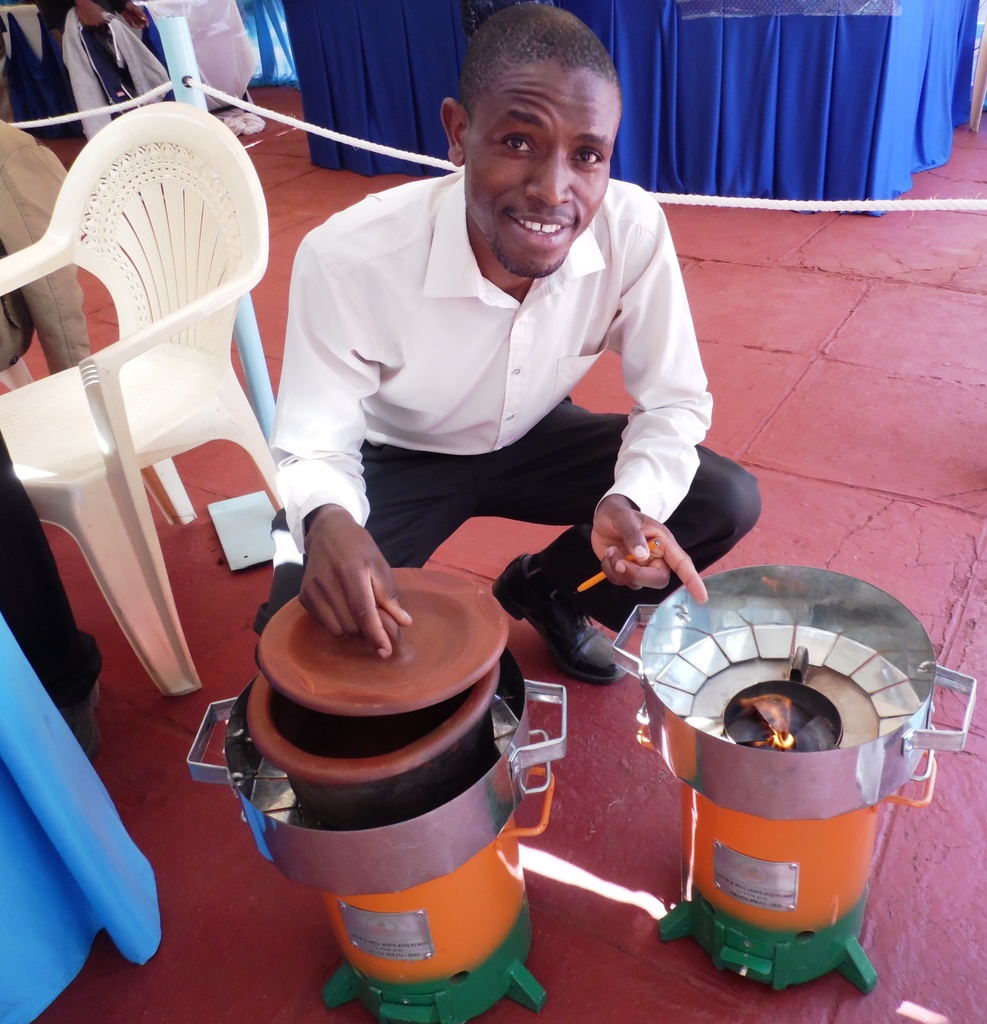Farmers can convert deadly carbon monoxide gas into cooking energy while making charcoal from waste wooden pieces for reuse or sale using a stove from the Kenya Industrial Research Development Institute (KIRDI).
Carbon monoxide, also known as carbon II oxide, can cause death due to suffocation. The colourless and odourless gas poisons red blood cells by cutting their ability to carry oxygen around the body, resulting in death.
The gas’s ability to easily catch fire to release heat and harmless carbon dioxide can be tapped for recycling wooden pieces littering construction sites and other workshops.
KIRDI has come up with Gastov, a stove that not only allows for farmers to harness the gas for cooking, but also converts the wood into charcoal for sale.
Because of the danger of the gas, the stove must be used in the open where there is sufficient air circulation to avoid the risk of poison.
About nine 10cm long dry sticks of about two centimeter squire are inserted into the combustion chamber before the top part is lit to glow and release smoke tails.
The top part of the stove is covered by its special lid then the smoke tails are lit. Because the cylindrical chamber is airtight, combustion of the wood pieces continues to release carbon monoxide together with smoke tails.
READ ALSO: Low cost carbon charcoal takes pressure off Kenya forests
The released gas is burnt on the upper part before escaping into the atmosphere. A cooking pot or pan is placed on the lid holder at the top.
Because of the limited air for combustion of the wooden stick, they continue glowing for about three hours. After cooking, the glowing sticks are covered by a hood to go off to become charcoal.
The smoke, together with the gas can cook a mix of dry maize and beans, commonly called githeri, for ten people in the three hours.
The charcoal can be accumulated for sale or reuse in the ordinary stoves.
READ ALSO: Duo modify local stove to create a safer,cheaper cooking option
Although wood is the commonest material, any other substance that can be compressed and burnt to produce smoke can be used too.
KIRDI sells the stove at Sh5,000.
PHOTO: An innovation enthusiast admires carbon monoxide flame from the Gastove at the Nairobi International Agricultural Society of Kenya on October 7, 2016. The stove allows for farmers to turn poisonous carbon monoxide into cooking energy. PHOTO BY LABAN ROBERT.
Write comment (0 Comments)

















